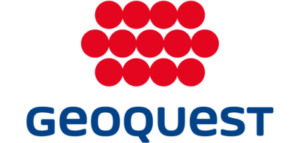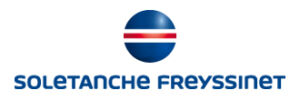Engineers are regularly challenged to develop proactive solutions for preventing and controlling rockfall and other types of debris flow.
Protecting populations and assets from the destructive effects of natural disasters has been part of Geoquest’s mission since the beginning of the company. Over the years, our teams around the world have developed a strong expertise for the design and supply of materials for natural risks mitigation engineered solutions.
Our applications are very diverse and cover rockfall protection, avalanche protection and debris flow protection.
Nets
The use of steel nets or netting is one of the most widely practiced mitigation methods for rockfall throughout the world, particularly for controlling high-frequency, low-magnitude rockfalls on small to medium sized slopes.
Draped Mesh
A draped mesh system, sometimes known as simple drapery, consist of nets or netting that are supported by a bearing rope system anchored to the brow of a slope.
Anchored Mesh
Slope retention systems, also known as anchored mesh systems, consist of nets or netting anchored to the slope using a dense matrix of soil or rock anchors and specialized anchor plates.
Barriers & Fences
Use of static and dynamic barriers and fences in reducing the impact of natural disasters by channeling, containing, or diverting hazardous forces.
Rockfall Protection
Rockfall fence is a general term used for a group of mitigation measures designed to stop or control rockfall as they occurs. They are typically built using steel posts and a flexible-net supported by wire rope.
Avalanche Protection
At locations affected by avalanche risk the threat can be reduced through an on-going avalanche control program or by the installation of avalanche protection structures.
Debris Flow Protection
Structures for controlling debris flows, debris floods and shallow landslides have been used for decades throughout the world. These are typically rigid structures.








